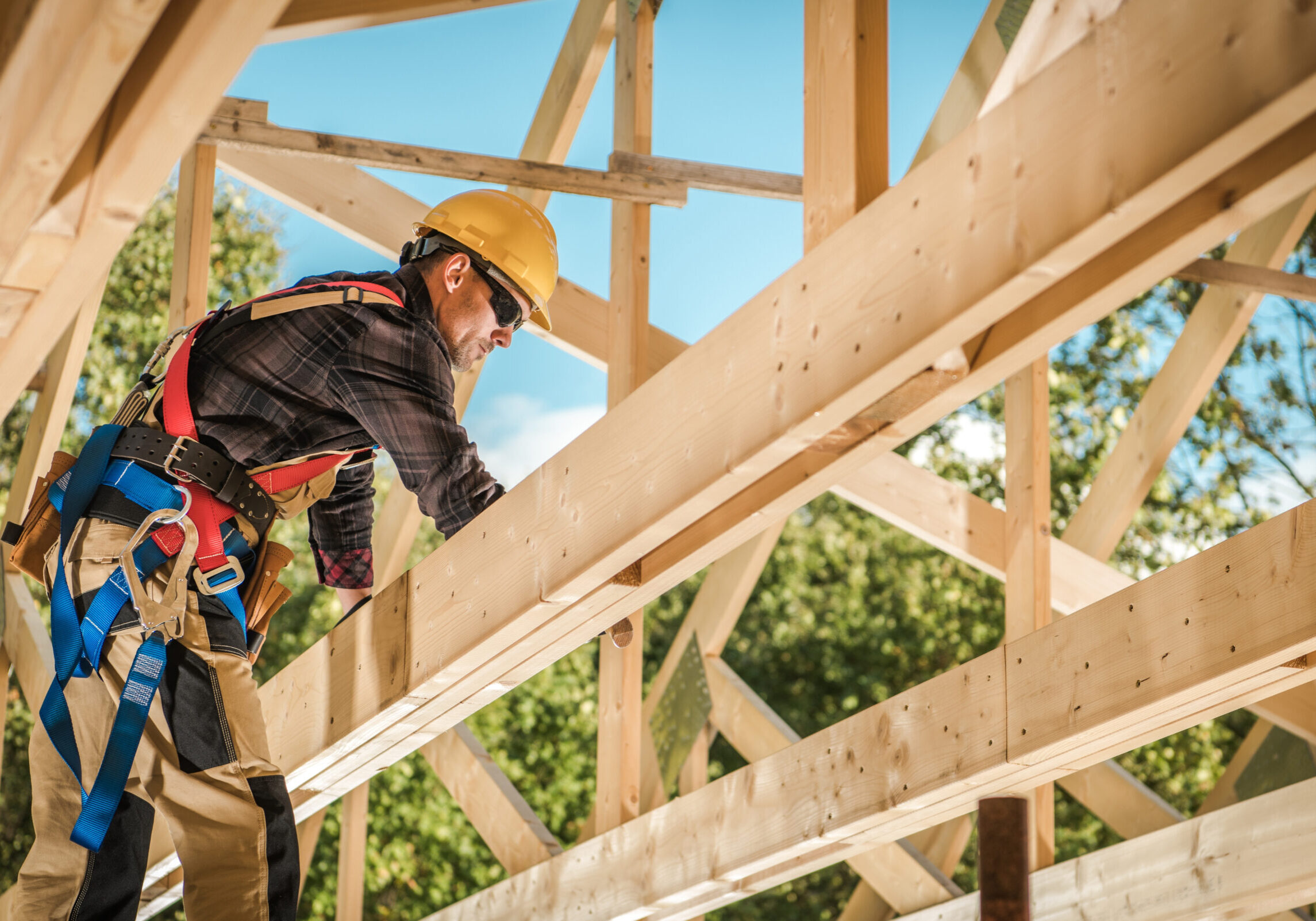Keep Calm and Carry On: Putting the Home Building Market Into Context
October 24, 2023

The start of October marked our annual HomeSphere Partner Summit, where our partners learned about new technology opportunities from HomeSphere, met one-on-one with builders and the HomeSphere team and networked with other building product manufacturers. A crowd favorite is always the State of the Housing Industry presentation led by Carl Reichardt Jr., managing director and BTIG homebuilding analyst.
With over 20 years as an equity research analyst covering home building, Reichardt gave insights into what is impacting housing and his outlook for 2024.
The New Housing Recession
To understand where we are in the recession, Reichardt first explained the definition of a recession and where the industry currently stands. A new housing recession is a decline in new homes sales over six consecutive months. Since 1963, we’ve seen 11 housing recessions.
In 2022-2023, there has been a 13-month long housing recession with a 30% drop in sales. To put that in context, the average drop in sales during a recession is 32% over 19-months. We are in a predictable recession, but maybe a little better than average than what we’ve seen in the past.
How Are Builders Feeling?
Builders are feeling a little uneasy. In the recent HomeSphere/BTIG Survey using the latest data from August 2023, builders were asked to compare their sales to the year prior and, as expected, sales are down. The same question is asked about traffic, and builders are seeing less traffic from the prior year.
However, relative to their expectations, builders reported that their sales expectations were better than what they thought they would be. So, what this is pointing to is business is okay for builders and maybe better than what they expected.
Still, Reichardt noted he is seeing a divergence in market sentiment between public and private builders. Where they typically trended comparatively, there has been a change over the last 4 months.
Here are some contributing factors Reichardt pointed out that are making private builders uneasy:
- The NAHB/Wells Fargo Housing Marketing Index is currently sitting at 50. Current home building has been stressed with unprecedented volatility because of higher interest rates, aggressive pricing by major players and higher building material costs.
- Between 2020 and 2022, interest rate volatility has been unprecedented making it hard for builders to make plans, as well as homebuyers to lock in a favorable interest rate.
- Bigger builders have reacted by dropping prices at a faster pace than the last housing recession.
- The cost of building materials rose twice the rate seen in 35 years.
However, Reichardt is quick to point out we should not overlook unprecedented stability.
For example, the low on-the-market units and vacancies, low-cost mortgages with rate locks and high levels of home equity. Over a decade ago, 1 in 20 homes for sale were new. Today, 1 in 3 homes for sale are new, a positive in the market Reichardt doesn’t see changing.
Another positive: there is no excess of capacity with vacant units on the market as a percentage of housing stock in both for sale and for rent.
What’s Happening Next?
Home affordability isn’t what you think. As Reichardt points out, there is no such thing as a “national” home price and homebuyers' lives are dynamic. The current high cost of homes may result in an evolution in home size and location.
Reichardt further explains the change by looking at housing permits. As reported by NAHB, there has seen a change in single-family building permits growth in smaller non-metro areas compared to big metro areas.
Breaking that down even further, 43% of permits are in outlying and micro counties compared to 6% in suburban counties. Home and lot size are getting smaller too. In 2015, the average home size was 2,500 square feet compared to 2,200 in 2022.
The strength of the public builder remains strong. Public builders are making it difficult by controlling nearly 2 million lots, they have untapped credit line capacity and they have a total debt-to-capital ratio of 25%. In addition, the public builder market share has been growing steadily and has saturated the 50 largest new home markets.
However, smaller builders still have the opportunity to remain relevant. As public builders are becoming commodity manufacturing companies first and local real estate companies second, it leaves opportunities for smaller builders. Reichardt gives examples like build-to-order and customization, constructing in mid-and-high-end segments, building in smaller cities, in-fill opportunities in large cities, high-touch customer service and opportunities to step-in when a larger builder abandons lots.
2024 forecast for new home sales
Reichardt concluded his discussion with his forecast for new home sales. In 2023, sales were expected to be low, but trends are pointing to a more positive number.
In 2024, Reichardt expects existing home sales to decrease, while new home sales will increase, and housing starts are predicted to climb.
It will be a slow grind, but Reichardt believes that while the market is experiencing unprecedented volatility, there is some unprecedented stability and a good long-term demographic picture.
Similar to homebuyers finding ways to buy a new home, builders are finding ways to conduct business during these chaotic times. Like the title of his presentation, Reichardt finished his presentation by suggesting the market should take solace in the English motto, "Keep Calm and Carry On."






